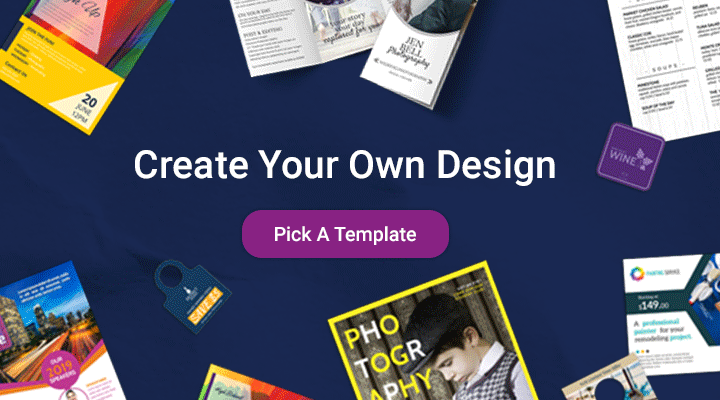How to Design and Print Your Trade show Banner


Your trade show banner is what brings people to your booth it calls to anyone walking by, telling them what you do and why they should talk to you. As such, a great trade show banner:
- Drives brand awareness
- Attracts new customers
- Increases exposure
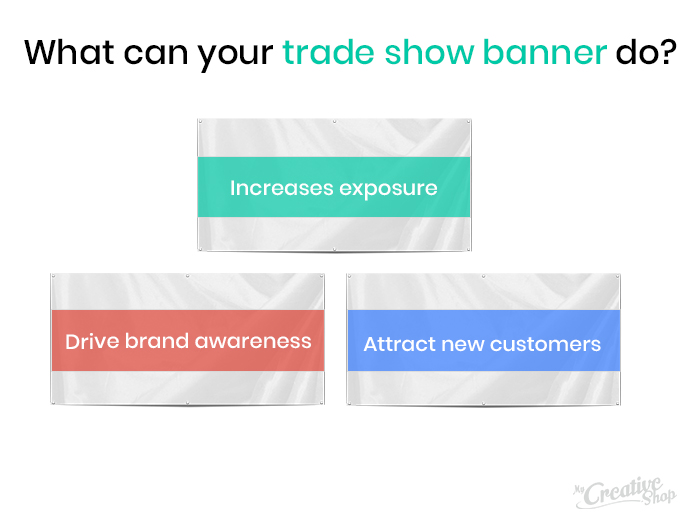
Before printing, however, you need to make sure your banner is all set to make the best impression possible. If you get details wrong, like size or material, your banner won t be as effective. With the money you likely spent on your booth, every element counts toward making that back in new customers and clients.
Use this guide to make sure your banner is exactly what you want it to be: well-designed, well-printed, and ready to impress.
Make it easier: design and print banners with MyCreativeShop.
Know Traditional Banner Sizes
Banners come in many different shapes and sizes, allowing you to cater yours to the amount of space you have, the message you want to present, and the overall feel of your trade show booth. Some of the most widely-used banner sizes include:
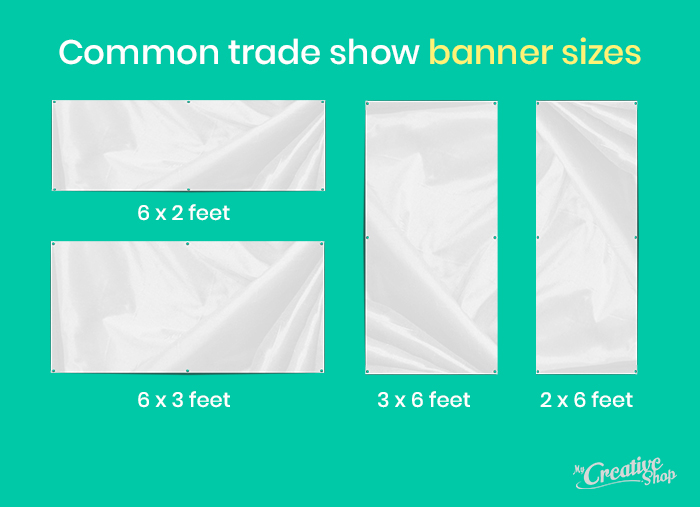
This is not an exhaustive list and if you have the means and space to print an extra large banner, you can get creative with your sizing. First and foremost, however, ask the trade show for recommendations on sizing. They ll know the amount of space available in your booth, and may even include this information in the welcome packet that you get when buying your ticket.
Get Your Design Right
As the biggest print item at your booth, banner design is critical. It plays an important role in driving brand impressions and attracting more people to your booth. If you re not sure where to start, design your trade show banner with MyCreativeShop. Our customizable templates make it easy to develop a winning design if you don t know Photoshop or can t pay someone to do it for you.
As you choose images, text, font and more, keep these simple tips in mind:
Text: To ensure text can be read from a good distance away, we recommend that your heading text is between 400pt - 700pt. A minimum font size of 70pt can be used for communicating information that's meant to be read from a short distance away.
Images: Don t let your images get pixelated when printed. Check out our guide to DPI to determine how large your image size needs to be to stay clear when printed. Here is a helpful guide to understand the DPI your image should be, relative to the average viewing distance.
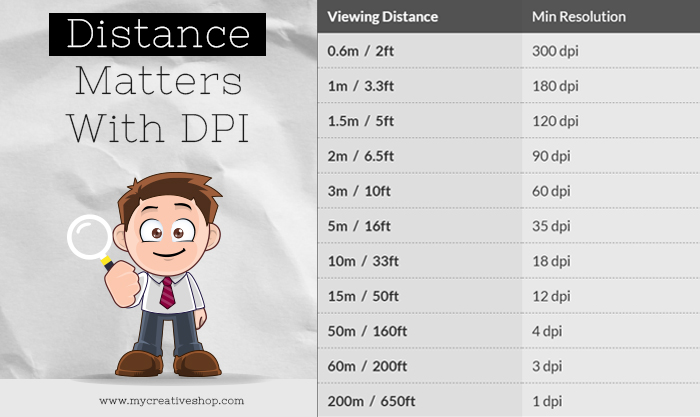
Focus on branding: Use your brand colors and images that resonate with your brand s messaging. Don t forget to include your logo and any other brand assets that make your organization stand out.
The location of your banner will also affect your color scheme. If it s set against a red brick wall, for example, you need to use a contrasting color that will stand out, rather blending into the background.
Keep it simple: There s a lot of space to play with, but that doesn t mean every square inch should be covered. Use white space to your advantage. Mads Soegaard, Co-Founder and Editor-in-Chief of Interaction Design Foundation, explains:
White space is a great tool to balance design elements and better organize content to improve the visual communication experience People get frustrated when information bombards them. We re humans, not machines. White space calms us, letting us breathe .
When designing your banner, don t forget about updating these important trade show marketing materials.
Estimate Banner Printing Costs
Printing costs depend on a two factors: size and materials. The most obvious factor is size: the bigger the banner, the more expensive it is to print. Materials, however, may be less obvious if you don t know how to print banners and haven t designed one yourself.

Vinyl indoor and outdoor and fabric banners tend to be less expensive, while paper and laminated banners are more costly. Often there are different types laminate to choose from, including gloss, matte and crystal, and this affects price as well.
Other factors that may influence price include whether the stand, roper or hangar is included and whether the material is waterproofed. Thus, knowing exactly what you need will be most helpful in determining budget on an annual or quarterly basis.
Use MyCreativeShop to estimate pricing with our banner printing tool.
Get Familiar With the Banner Printing Process
You don t need to know the ins and outs of banner printing. As a small business owner, however, understanding the high-level details ensures that you can properly assess your printing options and make the best decision for your needs. Here a few critical details:
Ink sets: The more inks in the printer, the higher the color vibrancy. Many printing companies use the CMYK color set, which stands for cyan, magenta, yellow and black. These are combined to create all the colors your banner needs. However, the more colors that are added in, the better and more accurate the coloring can be. When using photos on your banner, for example, it s often best to opt for a printer that offers a large ink set.
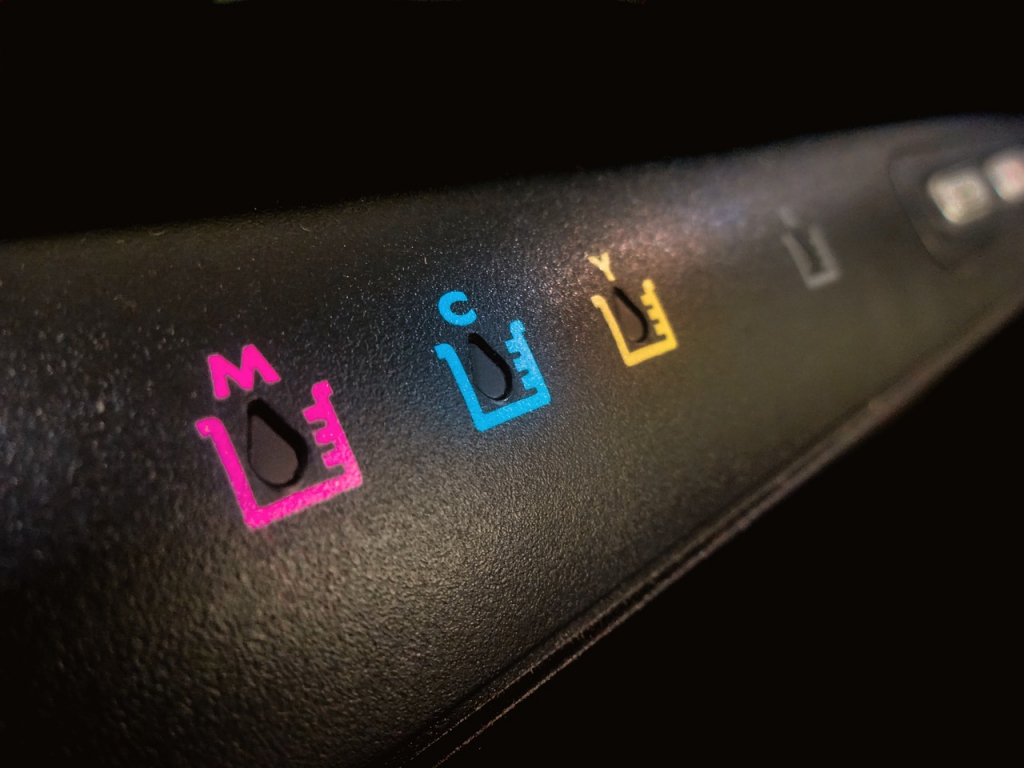
Printers: If you use full-scale images in your banner design, don t work with printers who create billboards and other large scale printed materials. Printers of this magnitude typically aren t designed to print detailed images. Check that the printer you want to use prints banners of your size, or has the appropriate printer to do so effectively.
Get Your Trade Show Banner Right
Use this guide to make sure your trade show banner is well-printed, well-designed, and ready to make an impact for your brand. Don t forget to build the costs for banner printing into your marketing calendar and budget so you don t have to cut corners to save money, resulting in sub-par product. When done right, your banner can be the catalyst in making connections that drive revenue.
